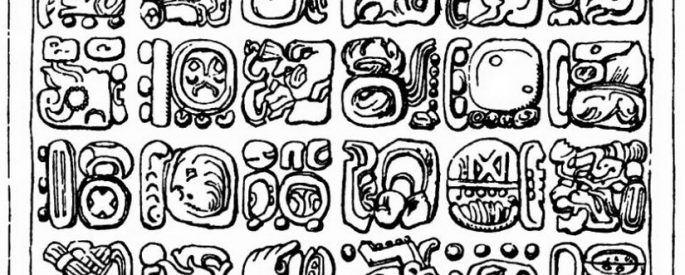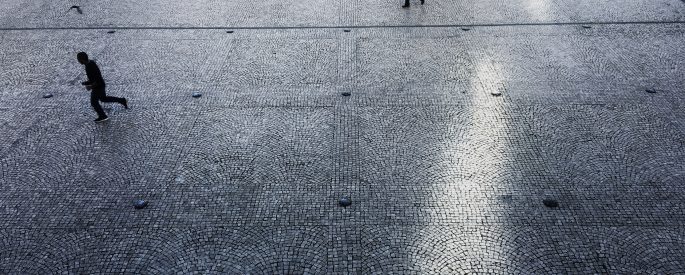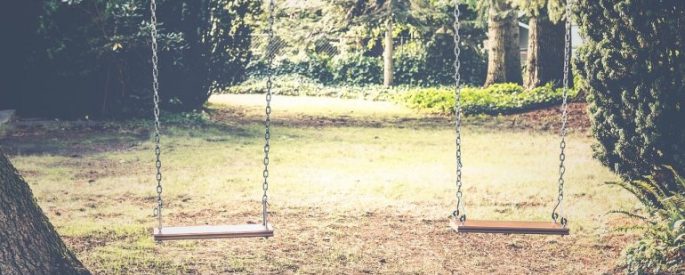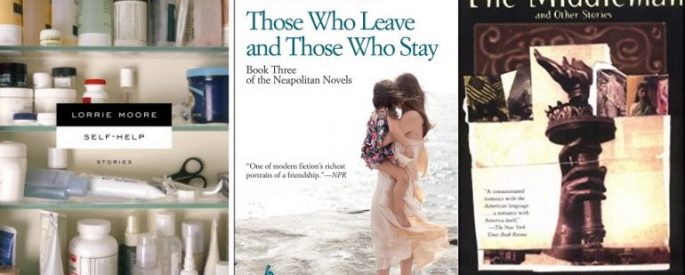Author Archive
Jail Bait

The adult-man-plus-teenage-girl plot is a common enough version of the coming-of-age narrative, and I’ve recently revisited two novels with it, both written by women: Sue Miller’s Lost in the Forest and Elizabeth Strout’s Amy and Isabelle.
The Privilege of Interpretation

The history of US intervention in Central America is long and shameful, and the government has attempted to conceal the death and suffering it has caused in the region. Deborah Eisenberg and Albert Goldbarth use stories of Americans in Central America to explore how stories are manipulated.
Olive Kitteridge and My Mother

Each day after her husband's death, Olive Kitteridge runs down the clock until she can go to bed with the sun. She has her routine, but it feels purposeless. Olive made me wonder if the days felt like this to my mother after my father’s death.
Girls Looking in the Mirror

As a teenager, I suffered long bouts of gazing into the mirror. Time fell away and I went into a kind of deliberate stupor. I thought if I stared long enough, I might forget who I was looking at, and—for a moment—see myself as others saw me.
The Space Where God Used to Be

To say that Patricia Lockwood is a lapsed Catholic doesn’t begin to cover it. The poet and author of the memoir Priestdaddy is the daughter of a Catholic priest, either the beneficiary or the victim of a loophole.
Doughnuts Oozing Their Secrets: Emotion by Jo Ann Beard

The scenes in my fiction that worry me the most, that I go over and over and that cause me no end of doubt, are the big, emotional moments. Falling in love. Getting dumped. The death of a loved one.
George Saunders, Alice Munro, and the Opposite Poles of New Yorker Fiction

The New Yorker has published more than fifty short stories by Alice Munro and more than twenty by George Saunders. Munro first made the cut in 1977. Saunders began publishing short fiction in the magazine in 1992.
Sophie’s Choice and Radical Acceptance

I first read Sophie’s Choice the summer after I graduated from college. I don’t know why I waited so long. I had spent large portions of my childhood compulsively reading Holocaust memoirs. My mother, a children’s librarian, made phone calls and drove me to libraries in other towns to
Shirley Jackson, Madeleine L’Engle, and Motherhood

I read much of Shirley Jackson’s memoir of raising four children, Life Among the Savages (1952), on a weekend when I was caring for three children. For a brief stretch—maybe five pages—we achieved a fragile equilibrium and they were all attached to me as I read.
Mistresses, Written by Women

The affair in Lorrie Moore’s story, “How to Be an Other Woman,” starts with a meet cute on a bus: “A minute goes by and he asks what you’re reading. It is Madame Bovary in a Doris Day biography jacket.” Moore’s story is more playful than Flaubert’s, but she